
Where to Apply for CE EMC Certificate?
If you are in a laboratory with IEC 17025 accreditation and affordable rates, congratulations! You can contact us directly. We are a fully qualified laboratory based in China, and due to lower labor and material costs, we can help you save 30% on CE certification testing costs.

What is CE Electromagnetic Compatibility (EMC)?
EMC (Electromagnetic Compatibility Directive) refers to the Electromagnetic Compatibility Directive.
The EMC directive is numbered 2014/30/EU and came into effect on April 18, 2014. The previous EMC directive, 2004/108/EC, was repealed on April 20, 2016.
With the development of electrical and electronic technology, the increasing popularity and electronization of household appliances, the rapid development of broadcasting, telecommunications, and computer networks, the electromagnetic environment has become increasingly complex and deteriorated. This has led to increased attention from governments and manufacturers worldwide on the electromagnetic compatibility (EMC) issues of electrical and electronic products, including electromagnetic interference (EMI) and electromagnetic susceptibility (EMS). The European Community government has mandated that from January 1, 1996, all electrical and electronic products must pass emc certification and bear the CE mark before being sold in the European Community market. This move has had a wide impact globally, prompting many governments to take measures to enforce EMC performance in electrical and electronic products. According to the EU EMC Directive 83/336/EEC, all electronic and electrical products sold in the EU market must strictly comply with EU legal requirements regarding interference with other products and immunity to external influences.
Besides the directive addressing mechanical hazards, the EU has issued the Machinery Directive 89/392. To harmonize permissible levels of electromagnetic interference among EU member states, the EU Council issued the EMC Directive 89/336/EEC on May 3, 1989, which has been subsequently revised by directives 92/31/EEC and 93/68/EEC.
Definition of EMC
Before explaining the compliance process with the EMC directive, the definition of EMC is as follows:
A device or system can operate normally without being affected by electromagnetic interference when operating simultaneously with other devices. This includes:
EMI (Electromagnetic Interference):
An undesired and meaningless signal that appears during the operation of a device or system, which may originate externally or internally. Electromagnetic interference can be considered in two directions:
- CE (Conducted Emission): Conducted emissions
- RE (Radiated Emission): Radiated emissions
EMS (Electromagnetic Susceptibility):
The ability of a device or system to operate without being affected by the surrounding electromagnetic environment. Electromagnetic susceptibility can be considered in two directions:
- CS (Conducted Susceptibility): Conducted susceptibility
- RS (Radiated Susceptibility): Radiated susceptibility
Scope of EMC Certification
According to Article 2.1 of the directive, the EMC directive applies to all devices that are likely to generate electromagnetic interference or whose functionality is likely to be affected by such interference.
Annex III of the EMC directive lists the following instruments and devices:
- Household radio and television receivers
- Industrial manufacturing equipment
- Mobile radios
- Mobile radios and commercial mobile phones
- Medical and scientific equipment
- Information technology equipment
- General electrical and household appliances
- Aviation and marine radio equipment
- Educational electronic equipment
- Telecommunication networks and instruments
- Lighting and fluorescent lamps
EMC Directive Requirements
Industrial Product Standards and Test Types
- EN 55011: Limits and methods of measurement of radio interference characteristics of industrial electrical devices
- EN 50081-2: Electromagnetic compatibility—Generic emissions standard Part 2: Industrial environment
- EN 50082-2: Electromagnetic compatibility—Generic immunity standard Part 2: Industrial environment
EMI (Electromagnetic Interference) Testing
- CE (Conducted Emission): Conducted emission testing per EN 55011
- RE (Radiated Emission): Radiated emission testing per EN 55011
EMS (Electromagnetic Susceptibility) Testing
- CS (Conducted Susceptibility): Conducted susceptibility testing per EN 61000-4-6
- RS (Radiated Susceptibility): Radiated susceptibility testing per EN 61000-4-3
- ESD (Electrostatic Discharge): Electrostatic discharge testing per EN 61000-4-2
- EFT/Burst (Electrical Fast Transient): Electrical fast transient testing per EN 61000-4-4
- PFMF (Power Frequency Magnetic Field): Power frequency magnetic field testing per EN 61000-4-8
- Surge: Surge testing per EN 61000-4-5
- PQF (Voltage Dips, Interruptions, and Variations): Voltage dips, interruptions, and variations testing per EN 61000-4-11
Other Product Standards
- EN 55013: Applicable to broadcast receivers and associated equipment
- EN 55014: Applicable to household appliances and portable tools
- EN 55015: Applicable to lighting equipment
Certification Documentation Preparation
- Electrical schematics (showing main lines, wire gauges, motor power, fuse currents, or circuit breakers)
- Control panel diagrams (component diagrams)
- Internal wiring diagrams of control cabinets, terminal blocks
- Internal layout diagrams of control boxes
- Bill of materials for electrical components (including names, models, manufacturer information, quantities, and CE certification status)
- User manuals (in English)
- Product differentiation tables
Email:hello@jjrlab.com
Write your message here and send it to us
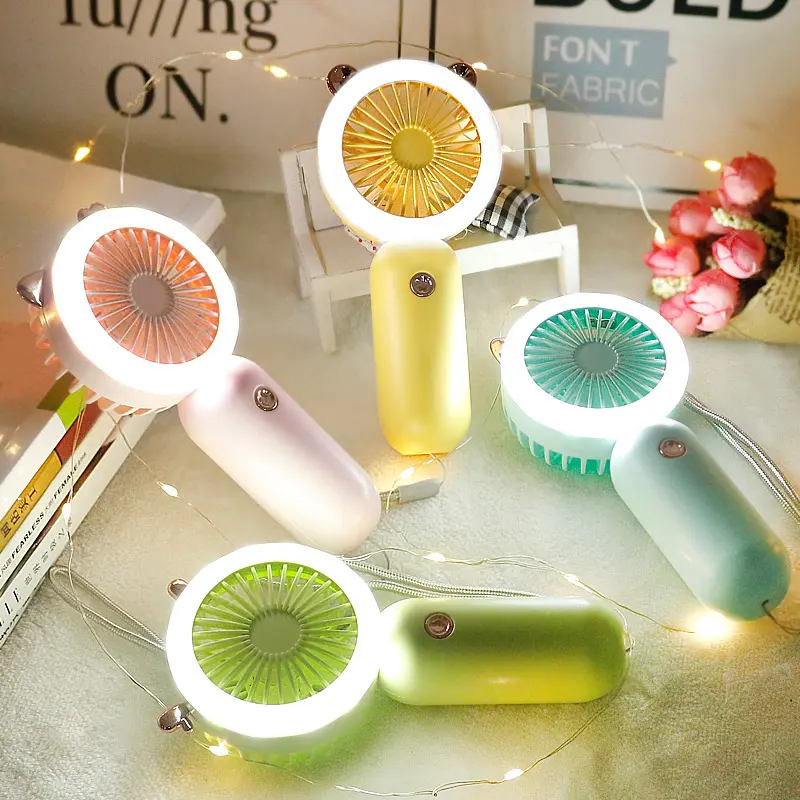 FCC Certification Fees for Handheld Fans
FCC Certification Fees for Handheld Fans
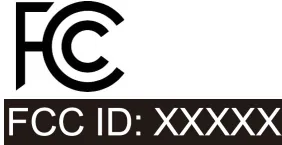 FCC Certification Testing for Smart Lighting Produ
FCC Certification Testing for Smart Lighting Produ
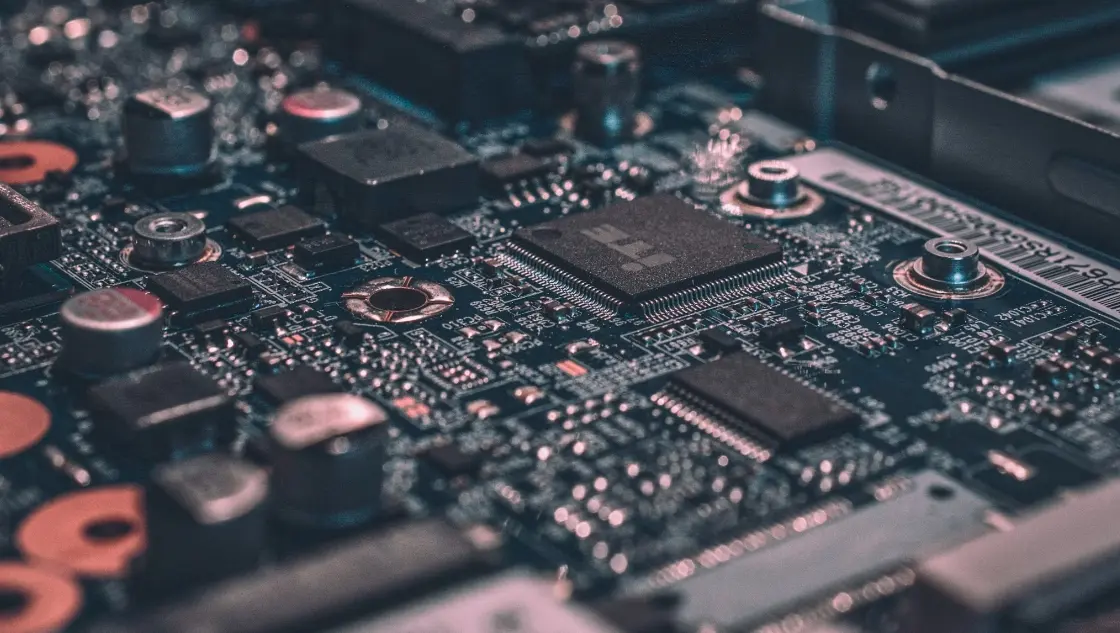 What is the ETSI EN 303 645 Testing Standard?
What is the ETSI EN 303 645 Testing Standard?
 UL Compliance and ETL Certification for LED Lighti
UL Compliance and ETL Certification for LED Lighti
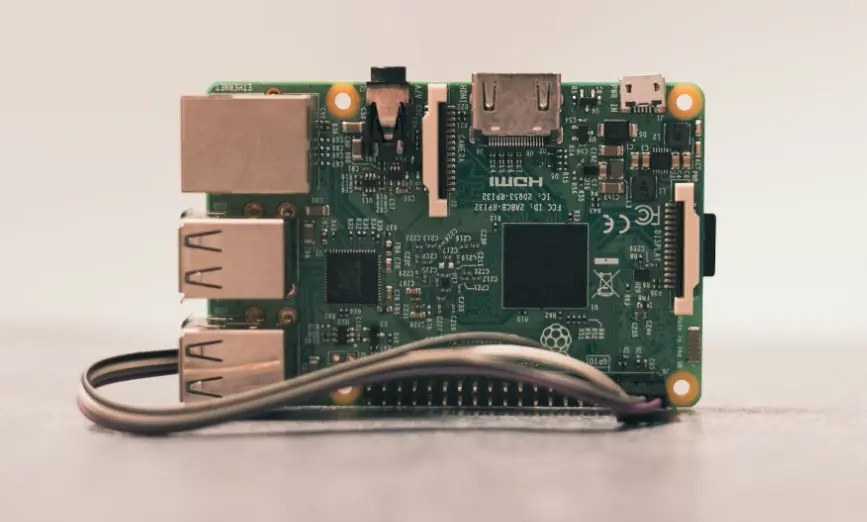 What is the IEC 60598 Standard?
What is the IEC 60598 Standard?
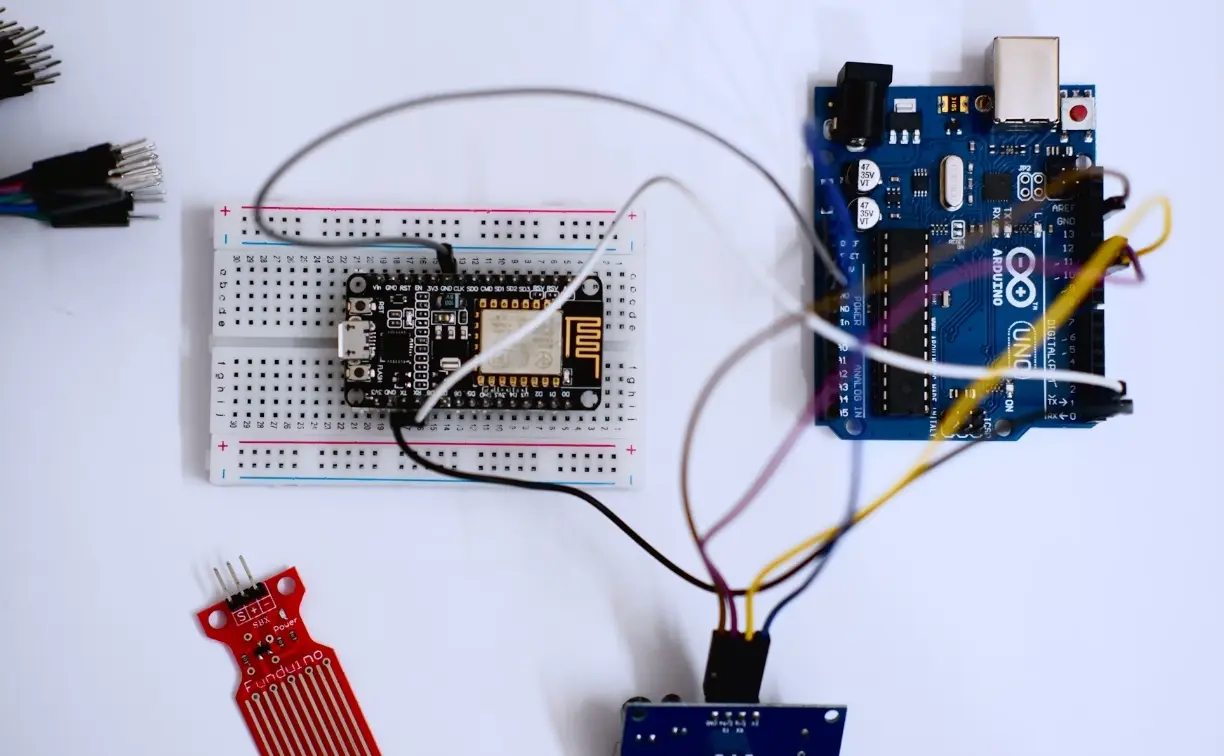 What is the Canada IC Logo?
What is the Canada IC Logo?
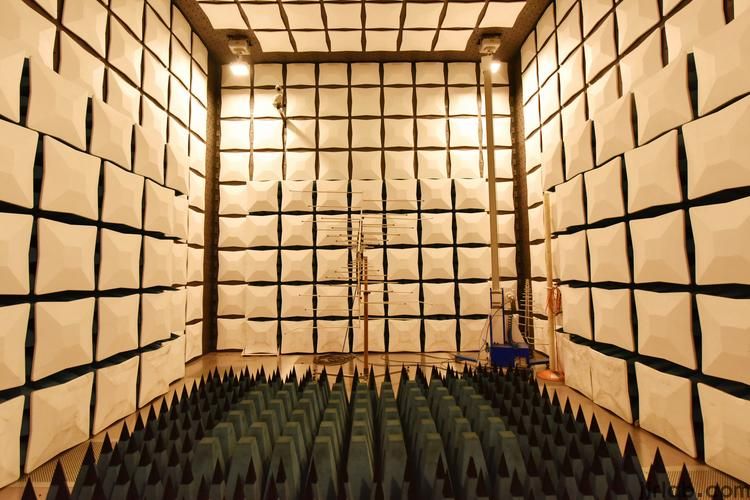 EMC Pre Compliance Testing
EMC Pre Compliance Testing
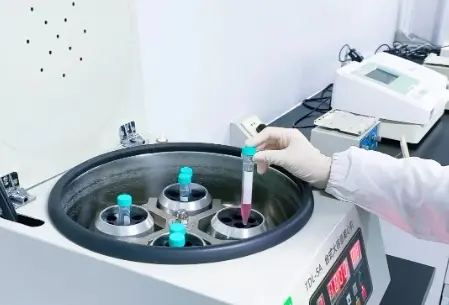 PAHs Testing (Food and Textile)
PAHs Testing (Food and Textile)
Leave us a message
24-hour online customer service at any time to respond, so that you worry!




